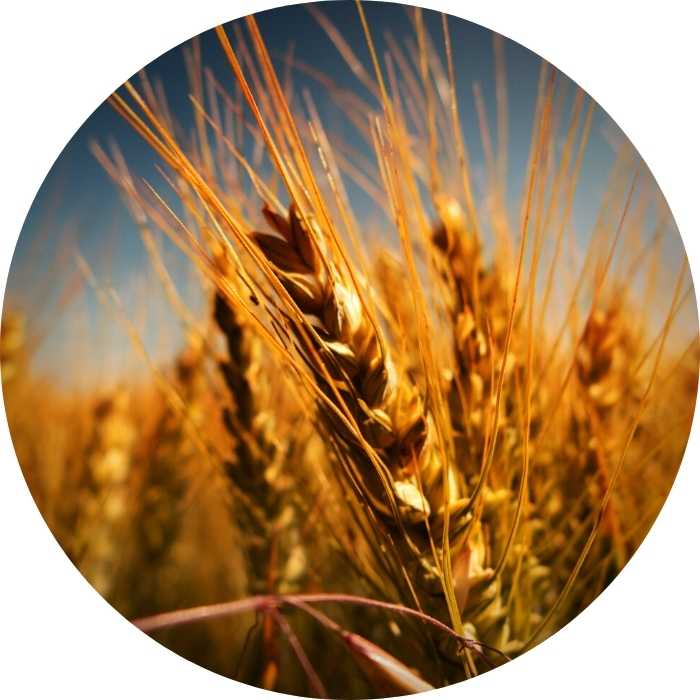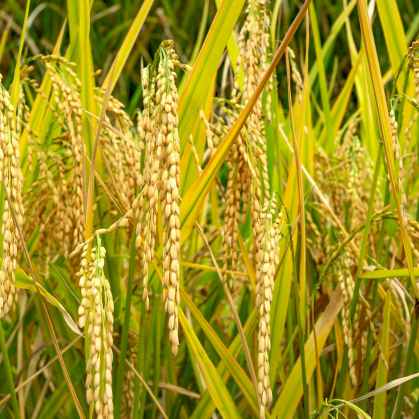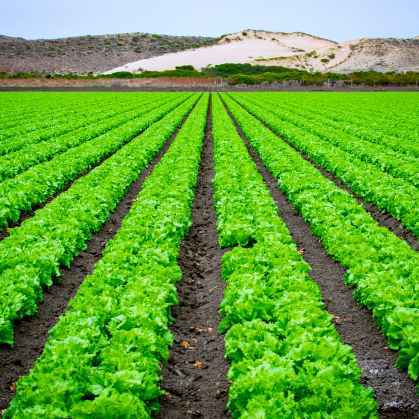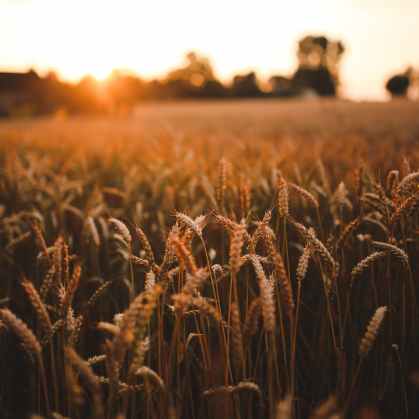Agriculture
The agricultural industry is responsible for around 80% of the world’s food. From soybeans, rice, wheat, corn, vegetables, and other crops make up a large portion of what we consume every day. When you think of agriculture, the immediate image is of the farming community. Farmers all across the United States follow guidelines in place to protect their crops and industry. Dust control is necessary to not only protect agricultural products, but the workers as well. There are many different processes involved in getting these products from the plant to the table of the consumer. This includes milling, mixing, conveying, blending, silo venting, and others. With each step in the process, it is important to ensure the protection of workers and to keep workspaces free of dust particulate.
Learn More
Grain Processing
Grain dust explosions are extremely dangerous and can cause great injury and even death to those involved. As grain dust is one of the most combustible sources. Over the past ten years, there have been around 8 explosions annually. In most cases, the ignition source was due to overheated machinery and dispersed dust. To minimize these explosions and reduce risks such as injury/death, infrastructural damage; dust control needs to be managed effectively.

Dust Types
- Grain
- Nuts
- Seeds
- Pollen
- Barn Dust
- Feed
- Mineral

Health Risks
Long term exposure to dusts of both organic and inorganic nature, workers can develop a range of health effects. Farmers and plant workers can develop asthma, congestion, bronchitis, and other respiratory diseases. Organic Dust Toxic Syndrome (ODTS) or Farmer’s Fever is the result of breathing in moldy dusts from hay or grain.

OSHA Regulations
The farming industry is subjected to regulations just like any other industry. One of these being OSHA regulations. When dealing with industrial equipment and machinery, it is essential that safety is a #1 priority.

Combustible Dust Risks
A lot of dust generated in agriculture is combustible. This means that it is extremely likely to combust when ignited by an ignition source. For example, grain dust is highly combustible. Ignition sources can be a spark generated from equipment, electrostatic discharges, or even something as simple as a cigarette butt. That is why it is so important that work areas are kept clean and dust-free.
It is more than essential to protect workers, silos and bin vents from dust explosions. Once it ignites there is no stopping the explosive chain reaction. Implementing dust control and industrial air solutions is a good preventative measure.




